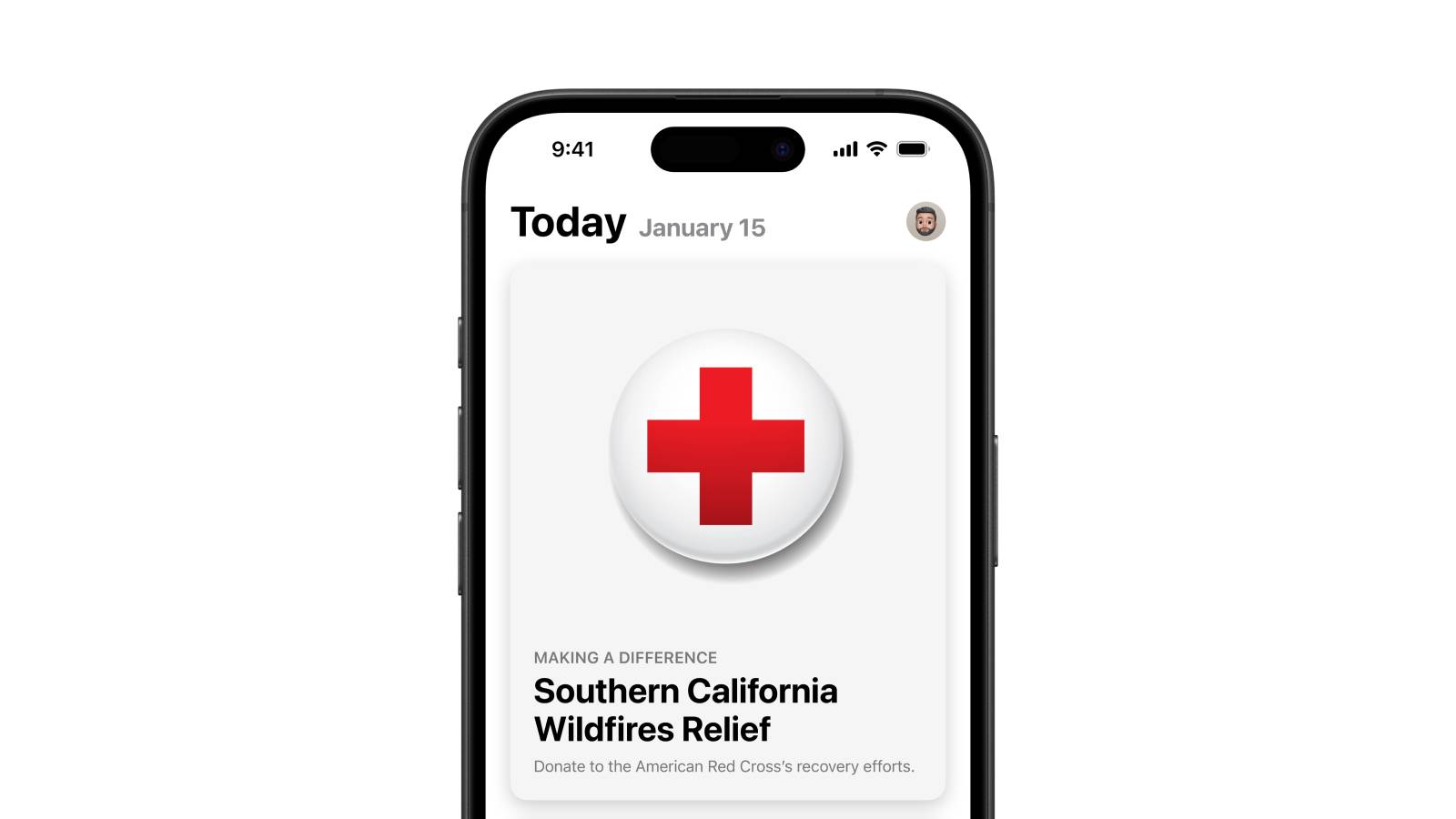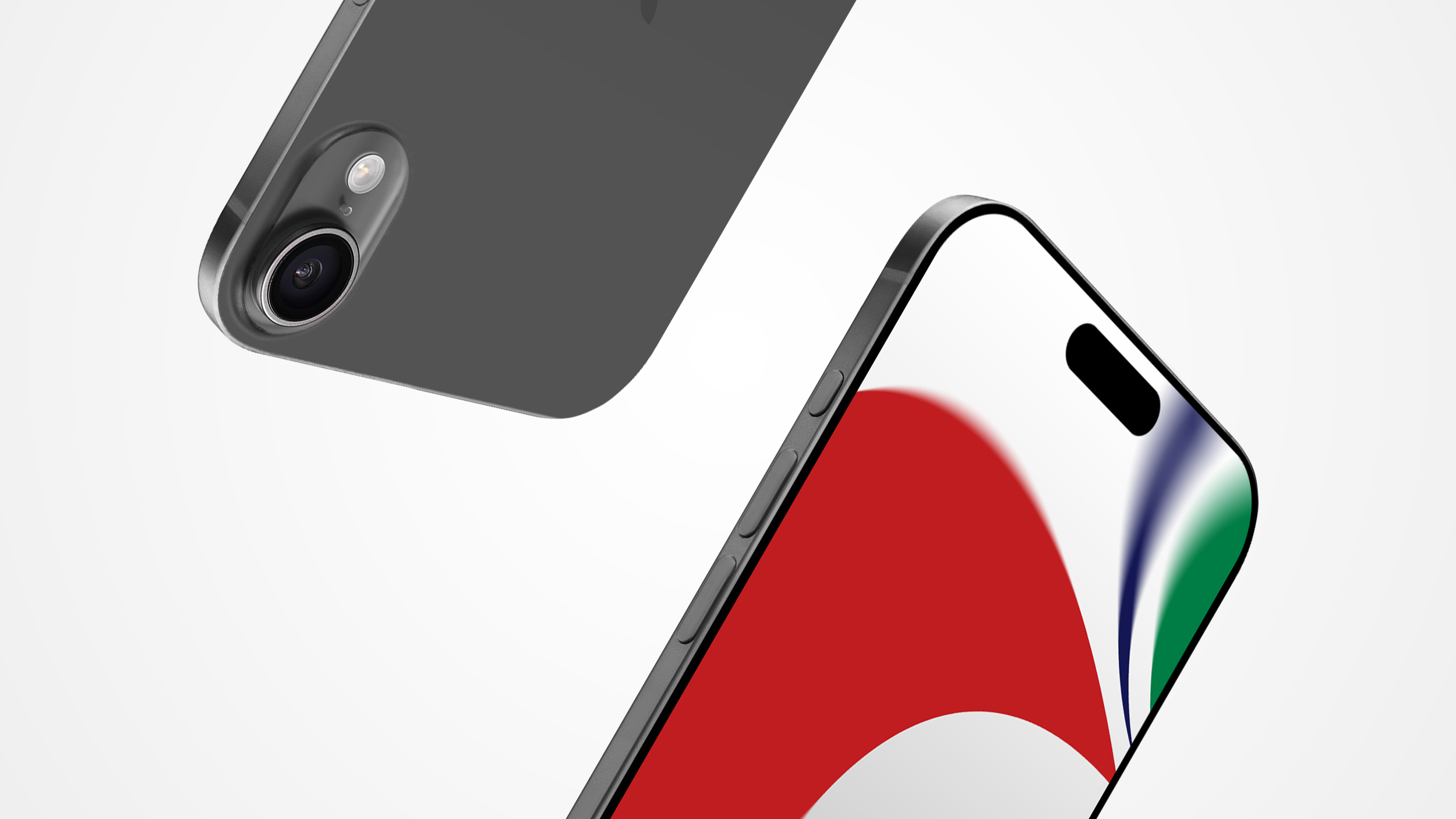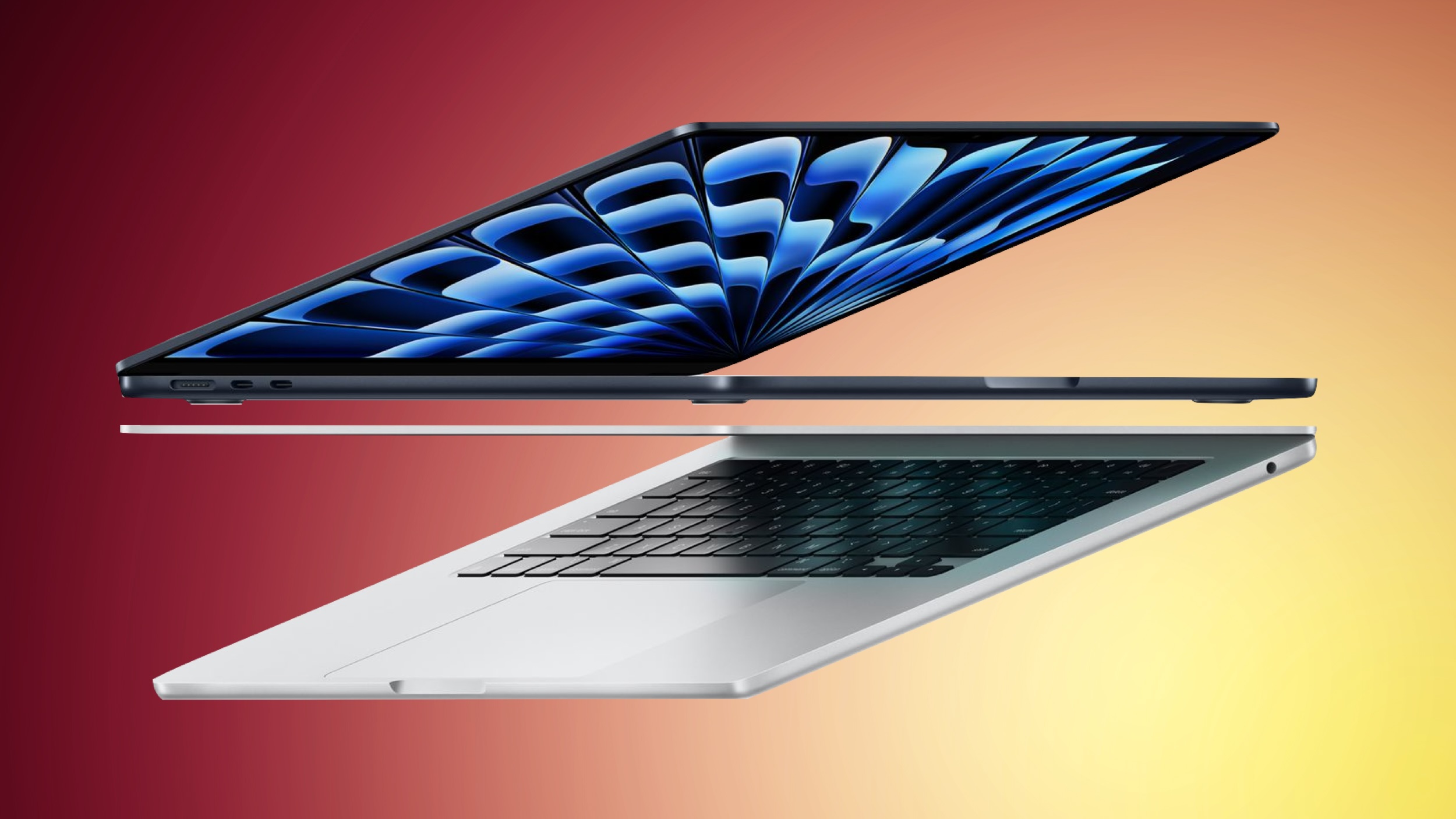Deezer’s big redesign has a feature to make playlists with friends on Spotify and Apple Music, and I love it
There’s a lot of competition among today’s best music streaming services to stand out, especially after mostly aligning on price, and Deezer has rebranded itself to do exactly that. As of November 7, subscribers will find a striking new purple heart on their apps that marks a new chapter for the company.
“The rebrand [which is focused on being bold, fresh and quirky] is who we are,” Jeronimo Folgueira, Deezer CEO, tells me at the event following the announcement. “It’s our true personality [so] we felt it was time to bring everything together in the right place.”
Maria Garrido, Deezer’s chief marketing officer, explains that its new identity is a culmination of the brand’s product, history and culture, bringing together its love of music, the different rhythms of music and the thumping heart of music into one visually striking logo.
Jeronimo Folgueira unveils the new Deezer on-stage in Paris. (Image credit: Future)
But it’s not just a new look that Deezer announced. While on stage, Folgueira gave a preview of an exciting new collaborative playlist feature that will be added to the service from next Monday, November 18. It’s called Shaker, and while collaborative playlists may not sound that novel, the unique aspect of it is that it will collect all your favorite music across different apps – no matter which service you subscribe to.
Folgueira called Shaker its “most innovative product feature that we have launched in the last 10 years” and considering that Deezer has built the shared playlists in a way that no one else is offering at the moment, I’m completely o-nboard with the direction it’s taking. We are so inundated with subscriptions these days that it can be frustrating to not be able to take advantage of collaborative features across services due to closed ecosystems. Opening this up is great because, as Folgueira puts it: “music is actually meant to connect people”.
What is Shaker and how is it different from other collaborative playlists?
At the event, Deezer offered attendees the chance to try out the new Shaker feature for themselves, which Folgueira says the company has been working on for two years with a third-party provider. After updating to the latest version of the app, I was able to scan a QR code from a representative – you’ll also be able to access shared playlists through a link that you can share with others – that opened up an invitation to join a group.
While you can pick which songs to add to the playlist, the new feature also allowed me to share my favorite music that I’d liked across Apple Music, Spotify and Tidal with the group. The idea behind it is that instead of having to laboriously select individual tracks or albums to add, you could allow the app to curate this based on your library, while simultaneously comparing this to the whole group’s music preferences to determine your mutual top tracks and create a unique playlist.
Here’s what the Shaker feature looks like (Image credit: Future)
The app also checks your compatibility levels across the group to show you which songs you have in common with friends and family. It then gives you a percentage score based on this to show how similar your music tastes are. For instance, during the demo, I found out that Folgueira and I were both fans of Arctic Monkeys.
Music interests tend to be very personal because of how much they tell you about a person, which is why I like what the new Shaker feature stands for. I personally think it’s a really nice way to share an interest in music, and Folgueira agrees, of course. “Music is built by humans to connect, to belong, to be together. I think we need to bring that back because the way we consume music lately is very one-on-one, like you with a machine, and we lost the human element of human connection. We need to bring that back to the full human experience of music.”
What makes Deezer stand out compared to Spotify and Apple Music?
“There are several things that stand us apart,” Folgueira says. “The first one is that we are really bold when it comes to innovation and big changes. We’ve done it with artist centric, where we’ve introduced an artist centric model. We’re doing it with Shaker, where we introduce social elements and bring together all your friends regardless of the DSP [digital service provider] that they use.
“We’ve been doing this all along but what sets us apart is that we’re the most passionate about music. We understand a lot about music. We are really truly French, but also very strong in Brazil and places where music really matters. We love and understand the value of local music. But also innovation, doing things that no one else dares to because they’re too corporate or too big.”
Despite becoming a publicly traded company last year, Deezer is one of the smallest music streaming services around – it had a tiny 1.5% share of the global streaming service market in the second quarter of 2022 based on Midia research. But that hasn’t stopped it building an impressively large catalog of 120 million tracks that rivals a lot of the bigger players – Spotify and Apple Music have about 100 million. “We have every track that you can find [but] what makes it different is that we have local editors,” Folgueira says.
(Image credit: Future)
Folgueira adds that he wants the brand “to cater for everyone”. Although, it isn’t just about quantity. As part of the rebrand and Deezer’s new artist-friendly payment system, which pays higher royalties to artists that have been searched for in the app rather than played as part of an algorithmic playlist, the music steamer is looking to further clean up its monetization system by reducing the payment to atmospheric playlists such as ASMR tracks that play washing machines or white noise.
There’s also, of course, the fact that, as Folgueira highlights, “the quality of sound on Deezer is far superior” than the likes of Spotify, which doesn’t offer Deezer’s CD quality of 16-bit/44.1 kHz – although that might change if it does end up finally launching Spotify HiFi.
What inspired Deezer’s new identity and logo?
A close up of the new Deezer purple heart logo (Image credit: Deezer)
Deezer already had a lot of great social and interactive features, such as karaoke and music quizzes, that a lot of the big players such as Spotify and Apple Music also offer. But as part of the rebrand, it plans to lean into this even more.
The company’s biggest group of subscribers are aged between 24 and 34, according to Similar Web data, but these millennials aren’t the inspiration for its new look. Instead, Garrido says that it used “Gen Z as a point of cultural relevance. But the end goal really is to make music accessible to everybody.
“In markets like France, the penetration of [digital services] is actually quite low, so there is an opportunity to grow the size of the pie for us, for the fans and for the artists. So it’s really about bringing even more music experiences.” Although Gen Z are found to be increasingly adopting analog media such as CDs and vinyl, there is still a big space for a streamer to make music exciting again, and if Deezer will keep focusing on that, I’m all for it.
You might also like
Tidal’s hi-res FLAC update has landed – here’s what it means for your musicHow to buy into high-res audio without the high pricesSpotify officially hikes its Premium prices – here’s how it compares now






